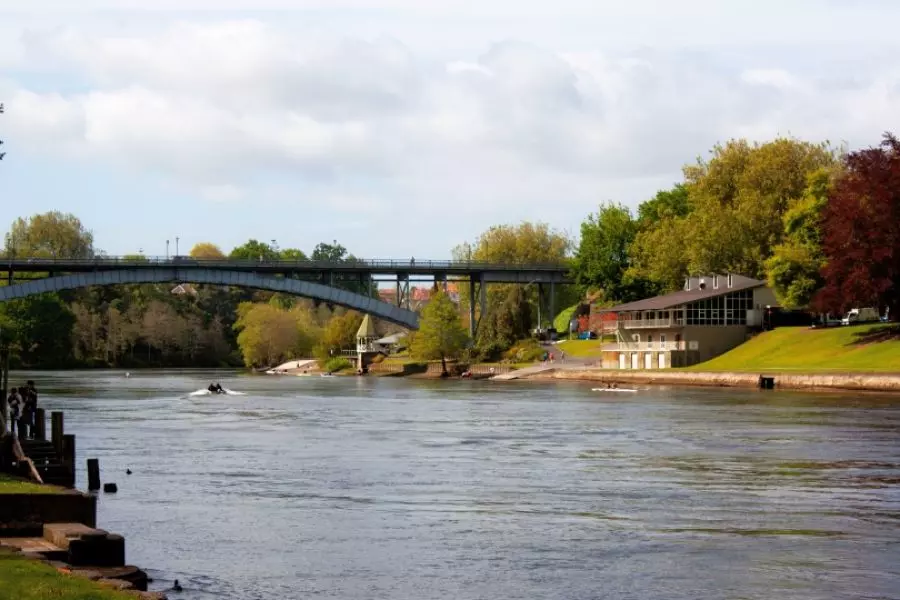
News
Shortage driving Hamilton values

Tuesday 2nd of October 2018
A prospective tenant was so desperate to secure a Hamilton rental recently that she offered to up the letting fee by $1,000. Her bribe was declined, but the scenario illustrates just how severe the shortage of rentals is in Hamilton.
On Trade Me Property, houses for rent only number around 300, compared to the usual 1000-odd rentals typically available at this time of year.
Ray Wh...
Want to read the full article?
Click the button below to subscribe and will have unlimited access to full article and all other articles on the site.
8 min read
10 min read





![[The Wrap] Bye Bye Bayly](https://goodreturns.publit.io/file/c_fill,w_900,h_600/39f23ac1-f7c7-4854-b700-a150004ebbac.webp)


